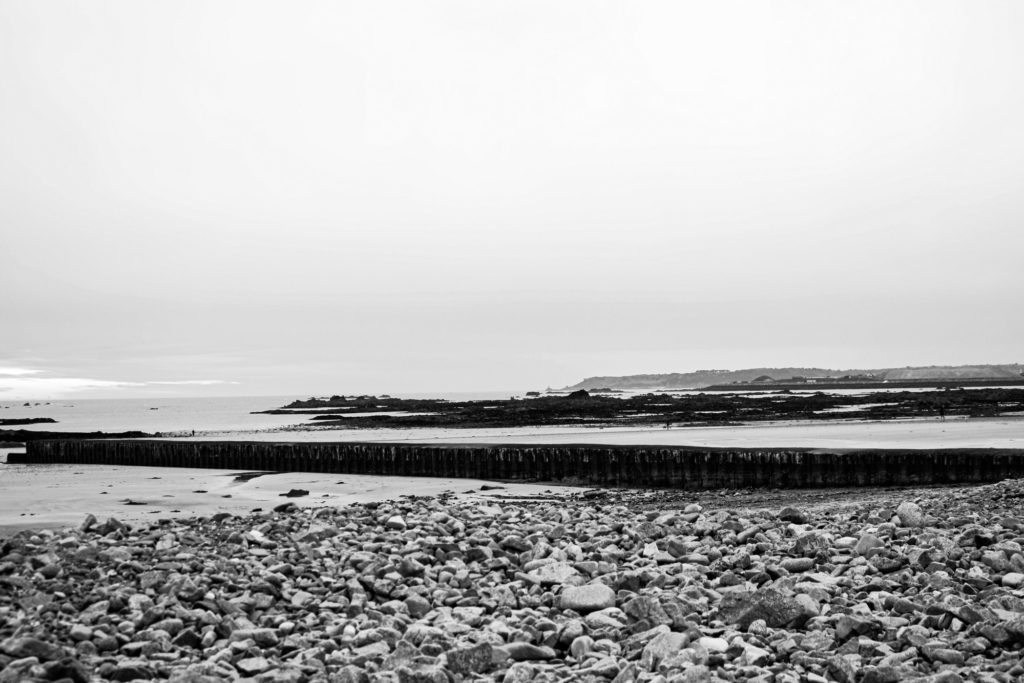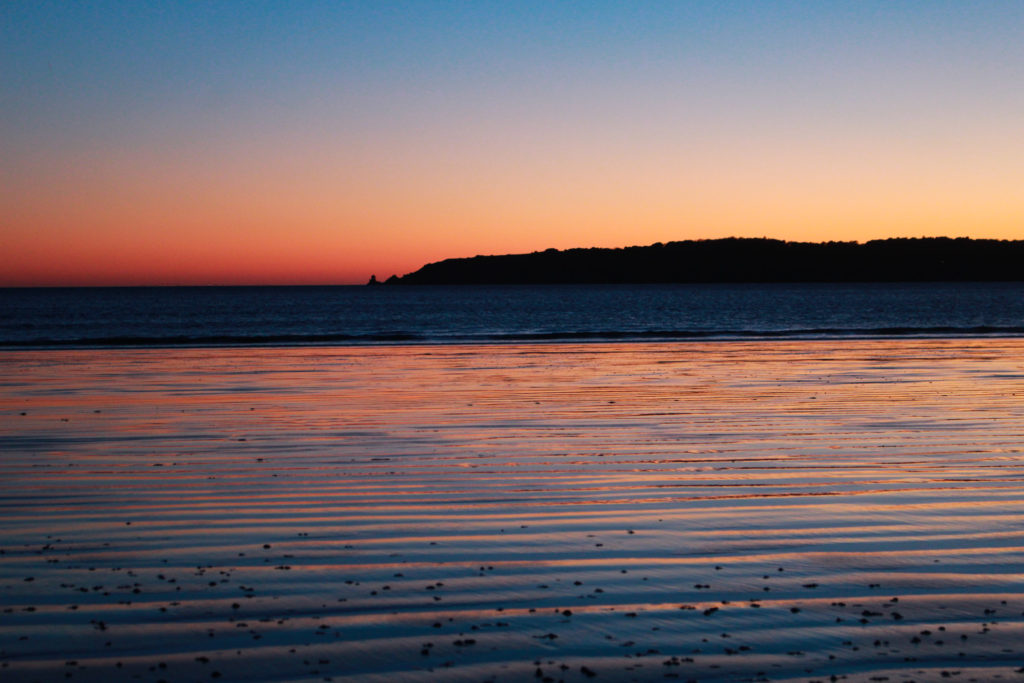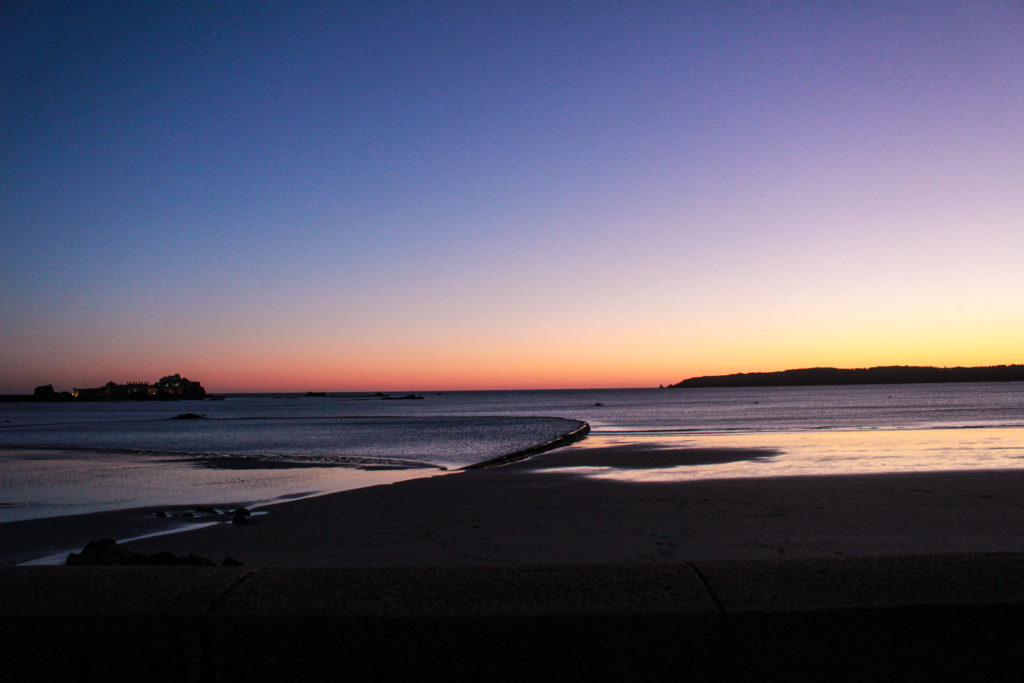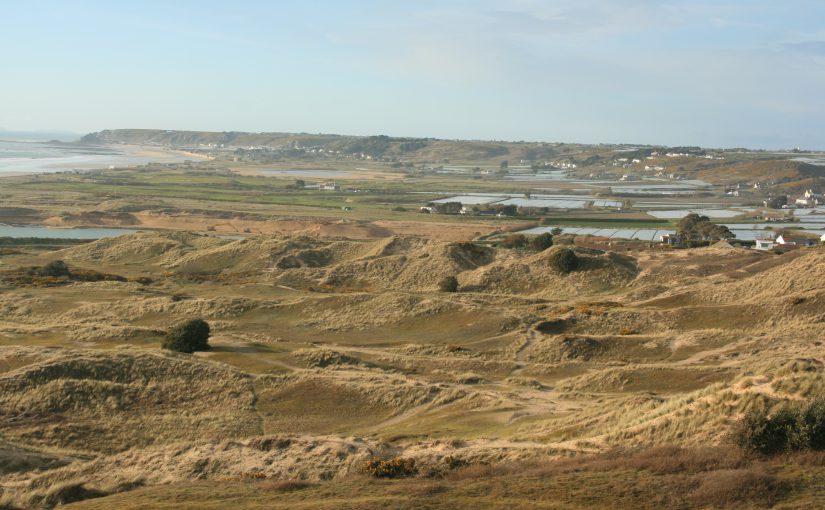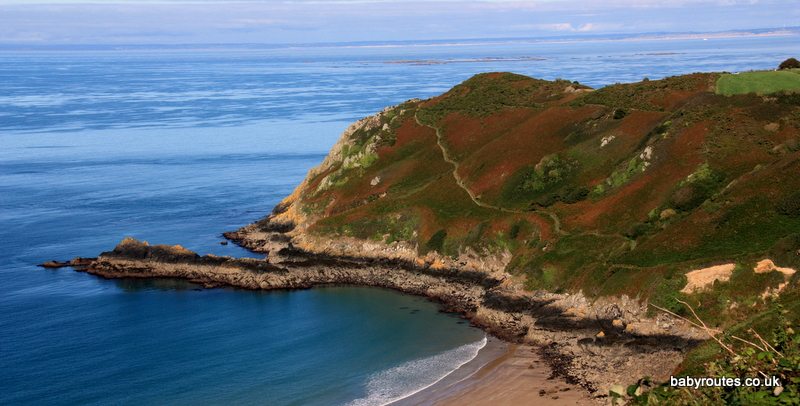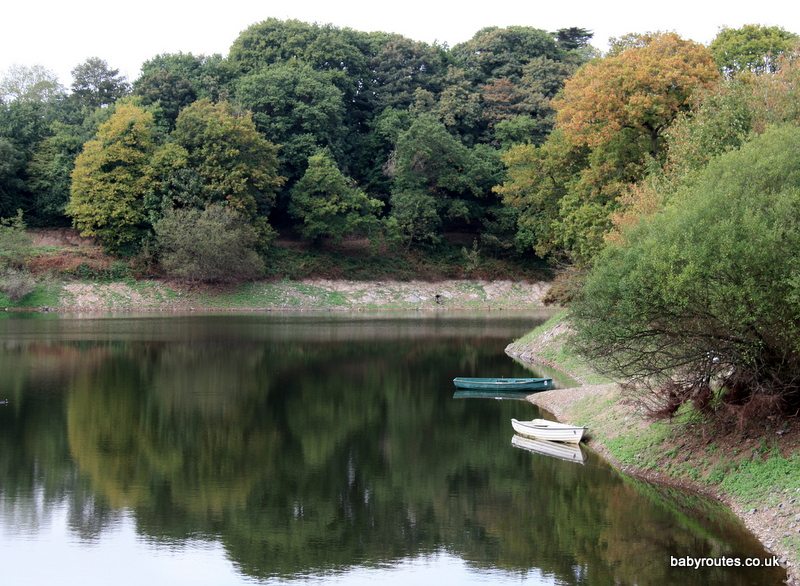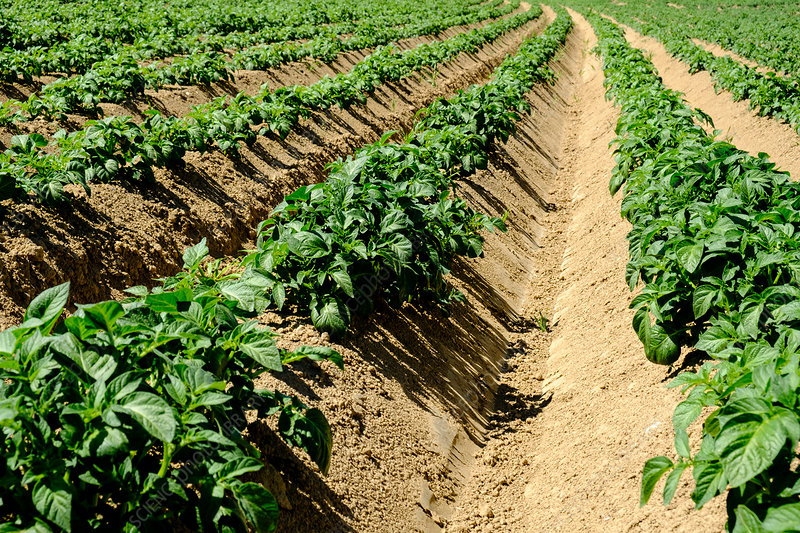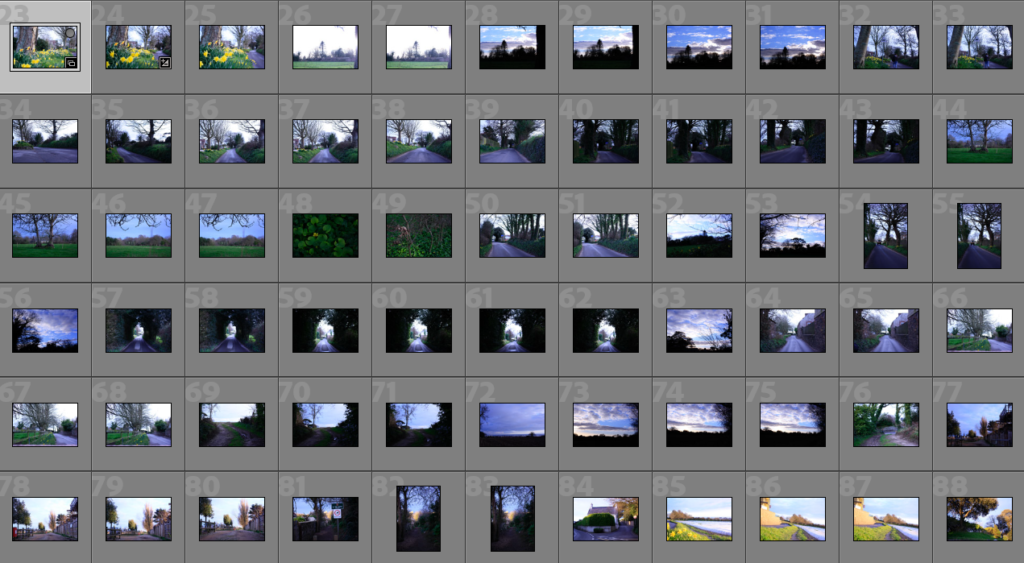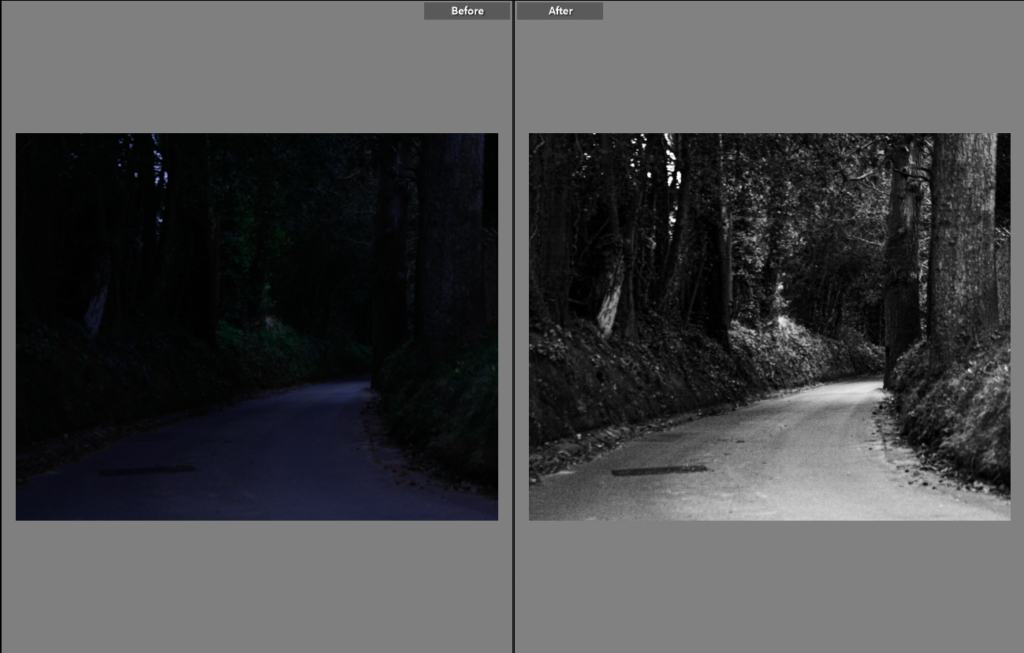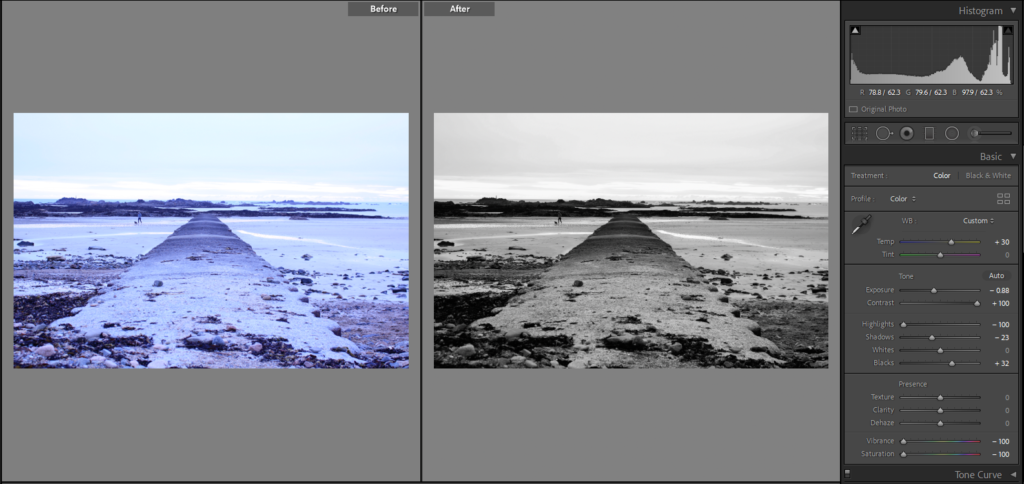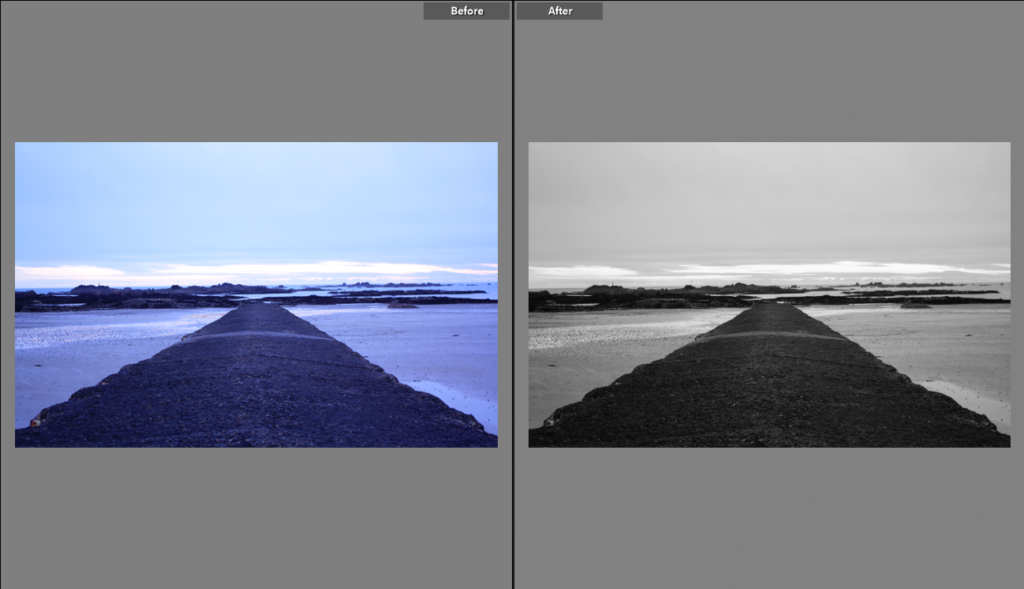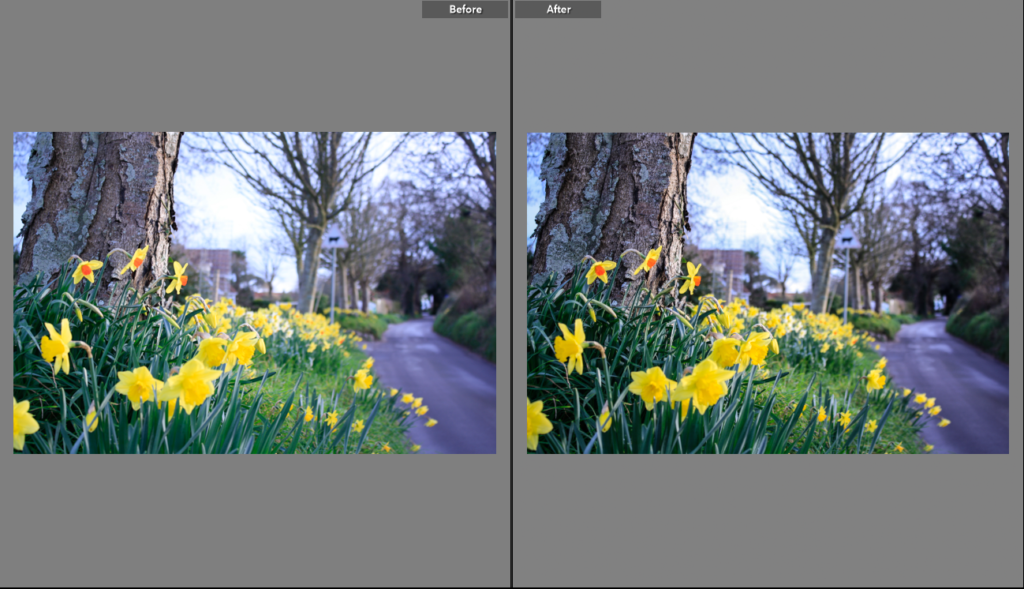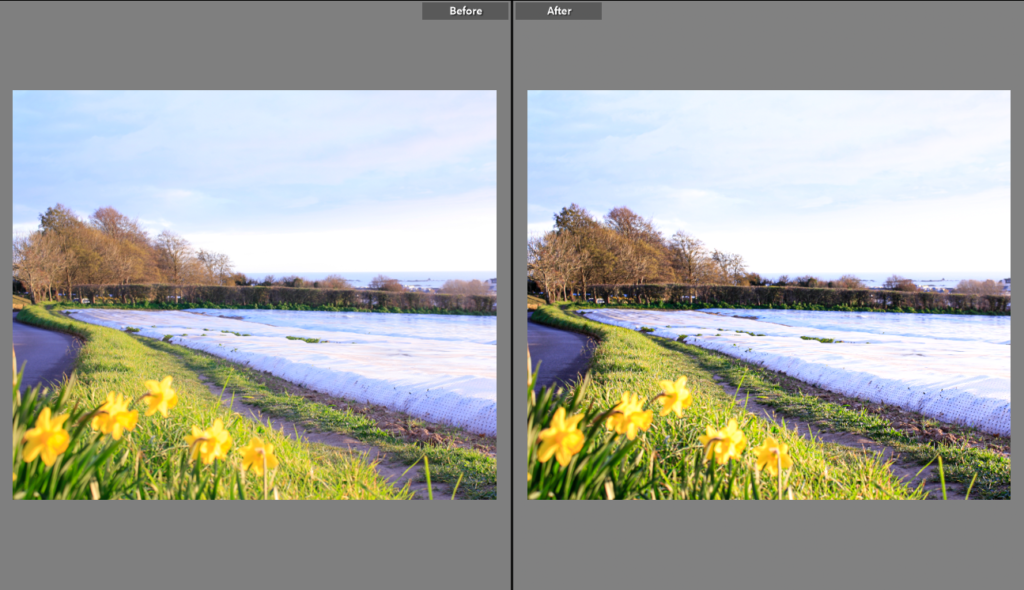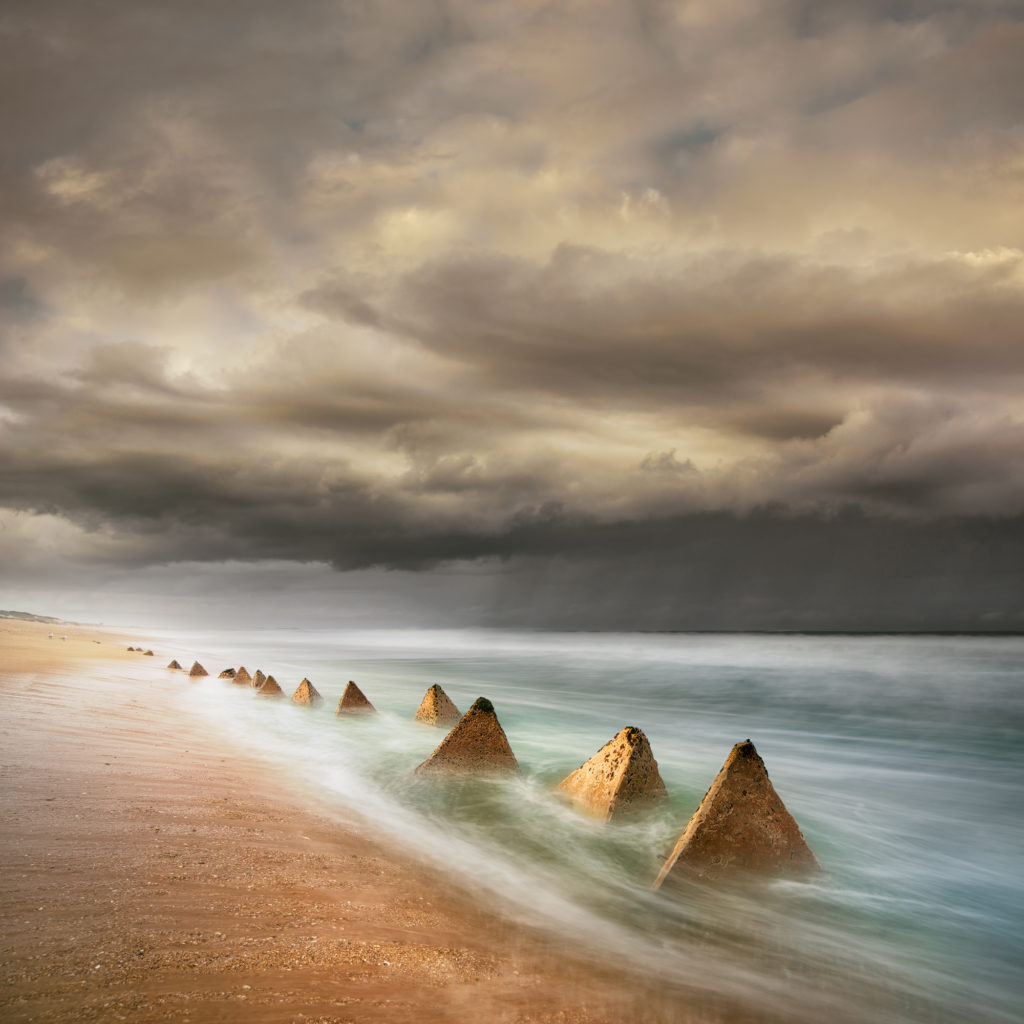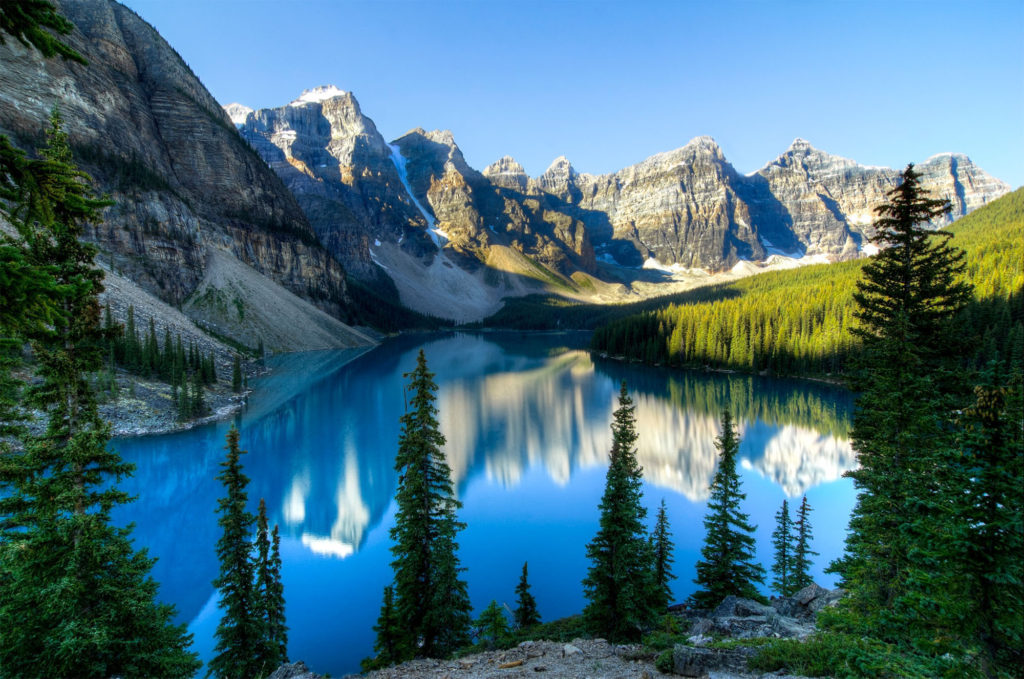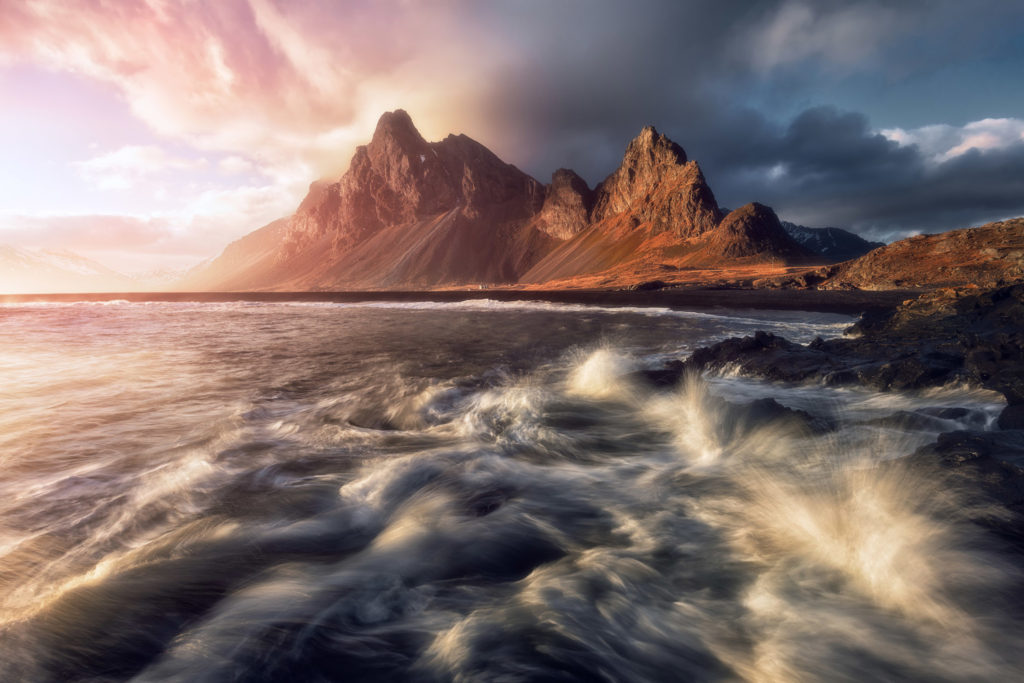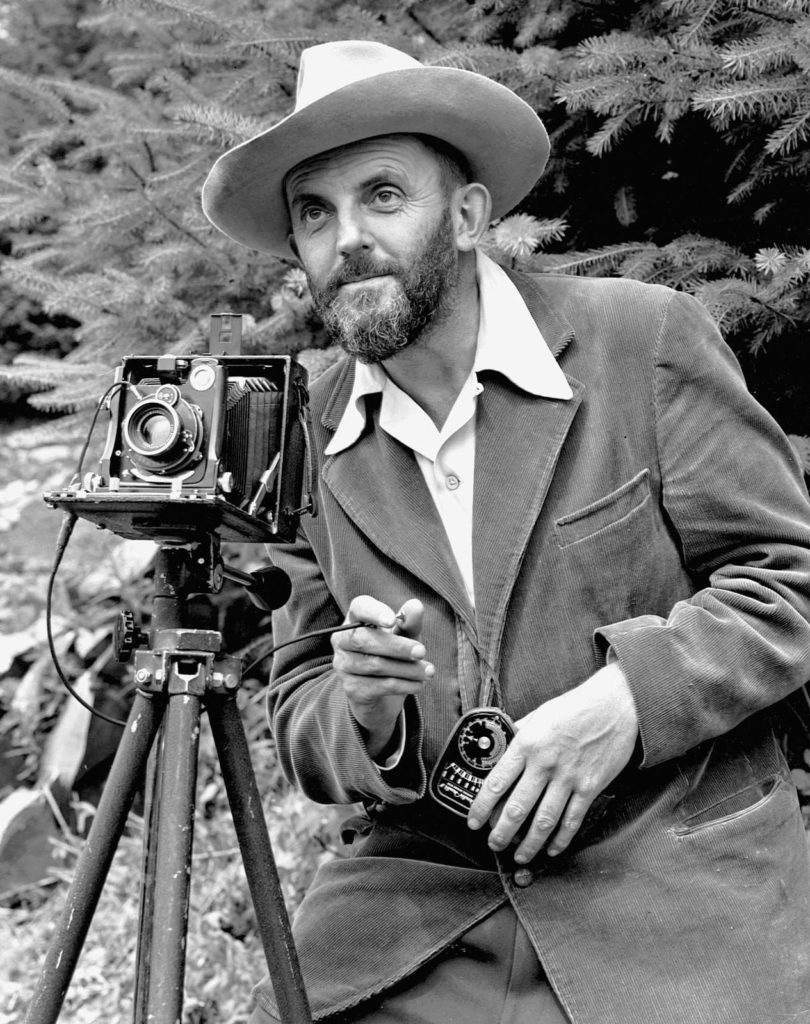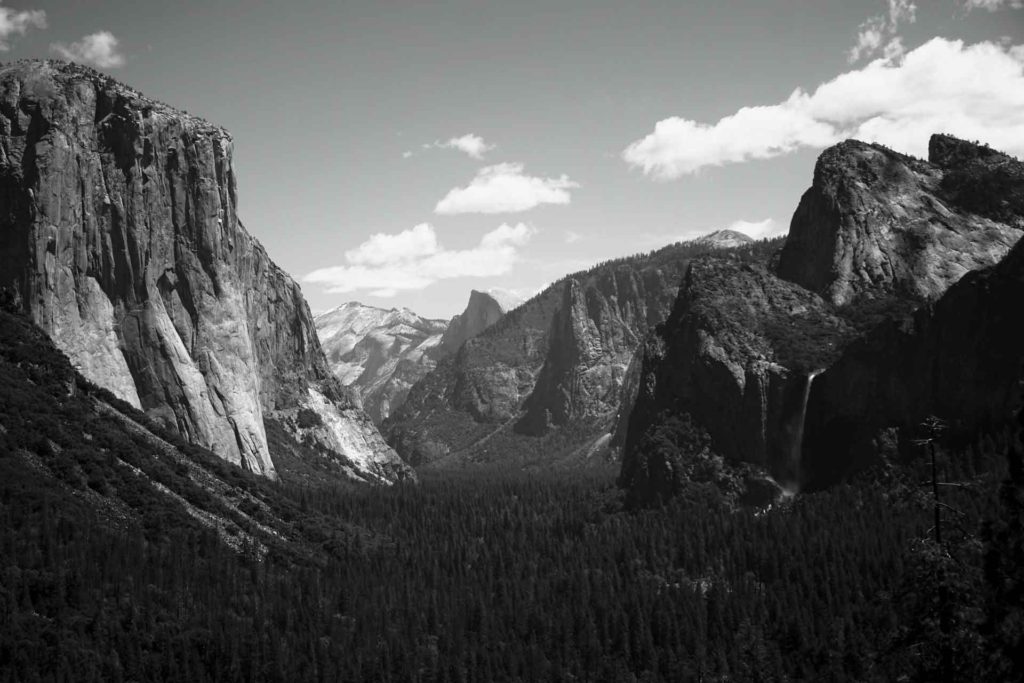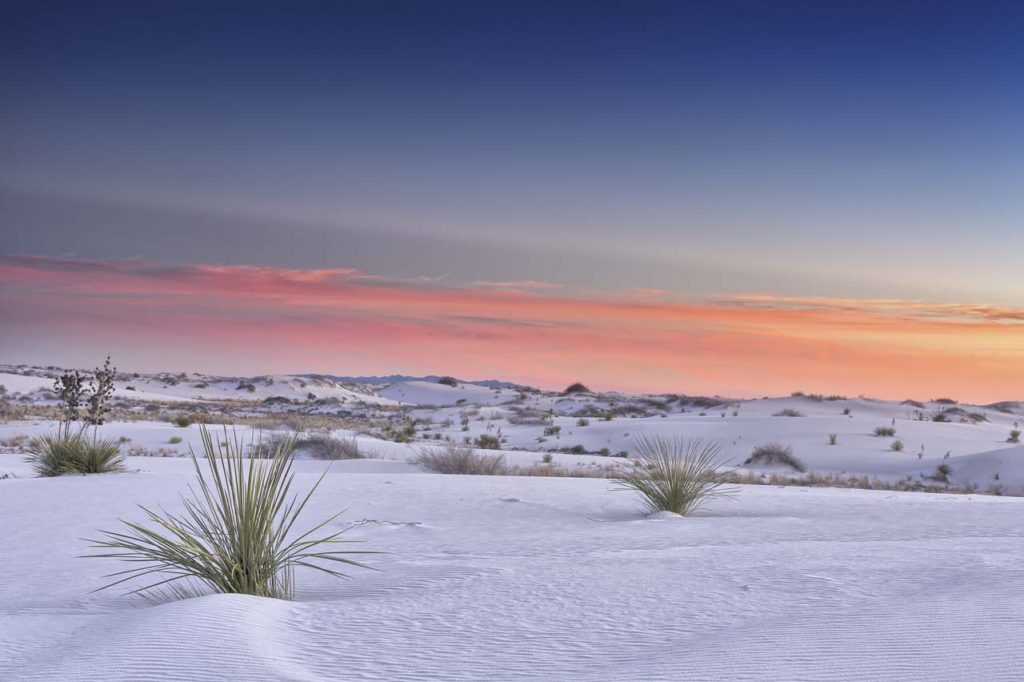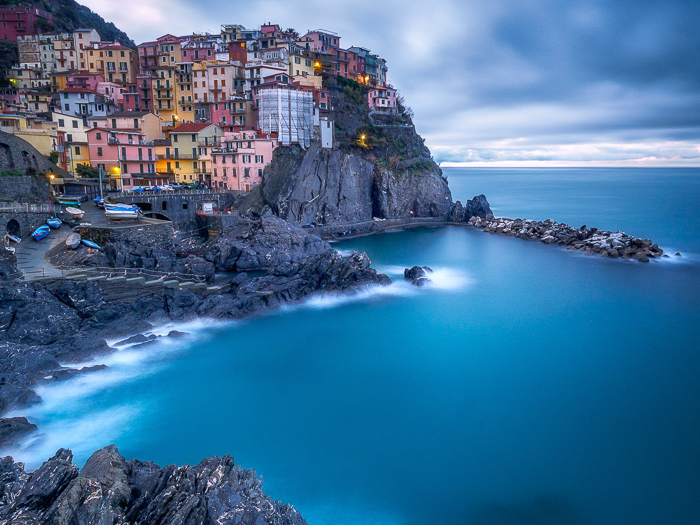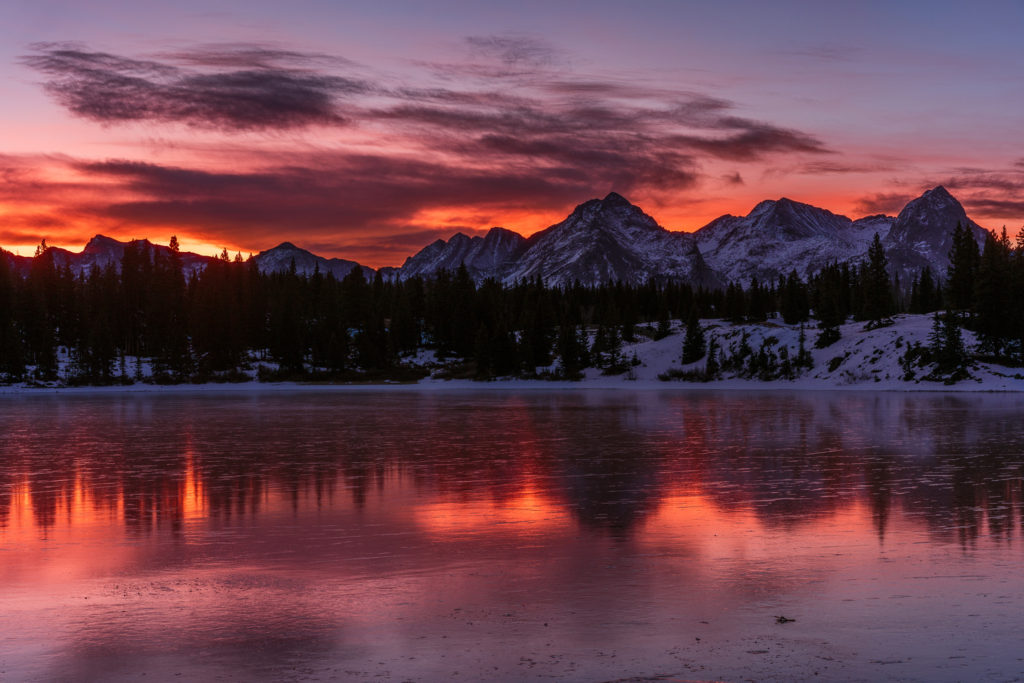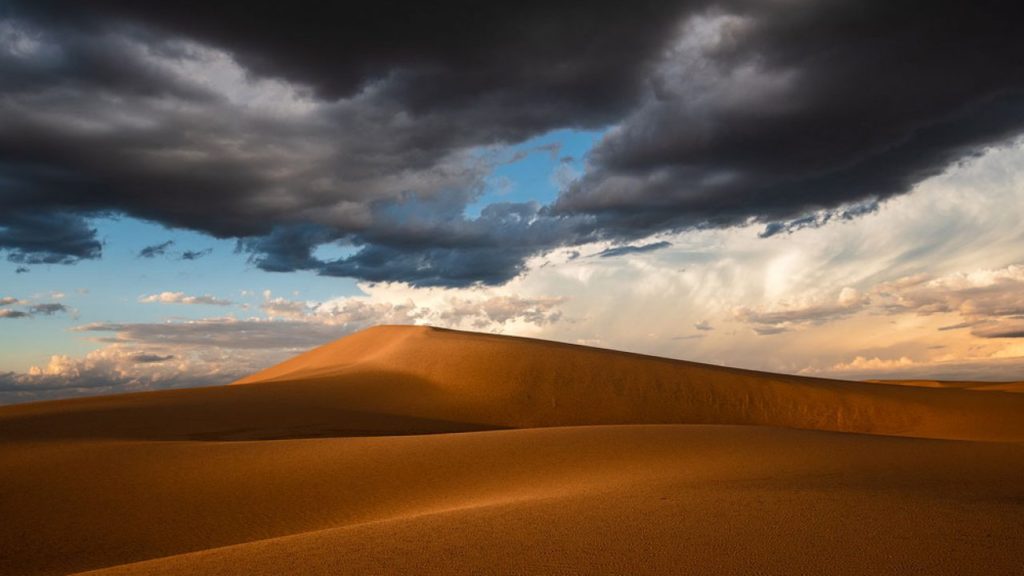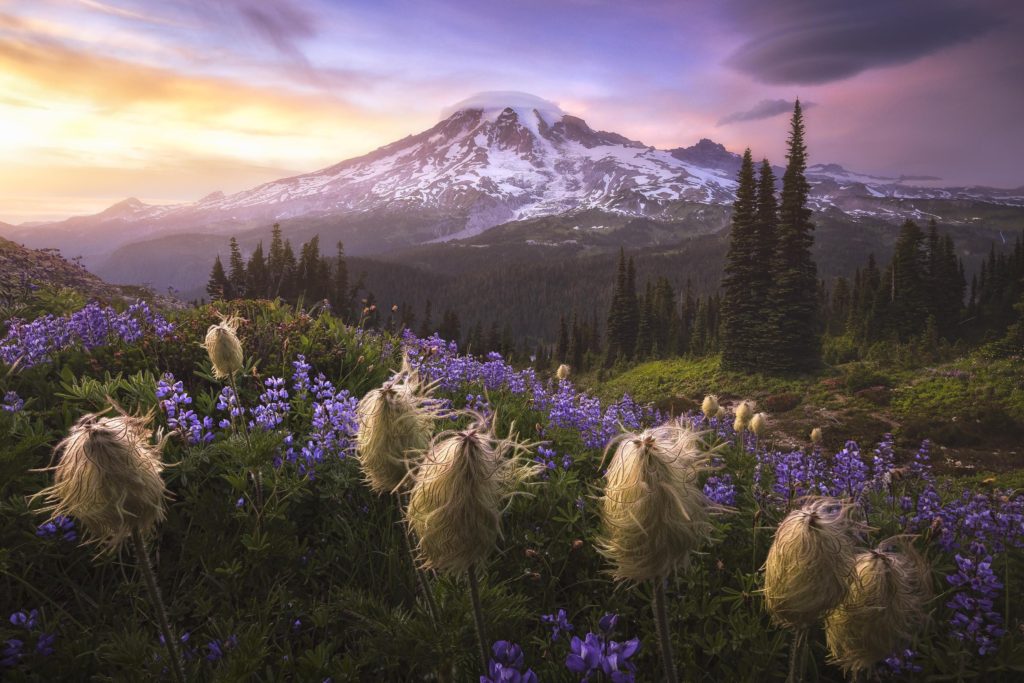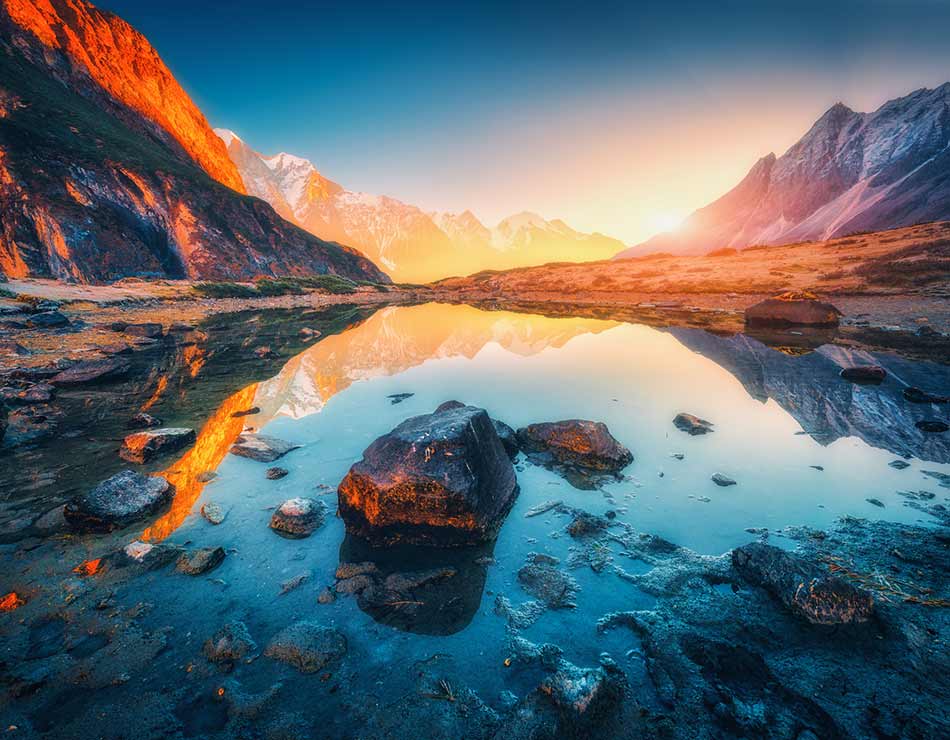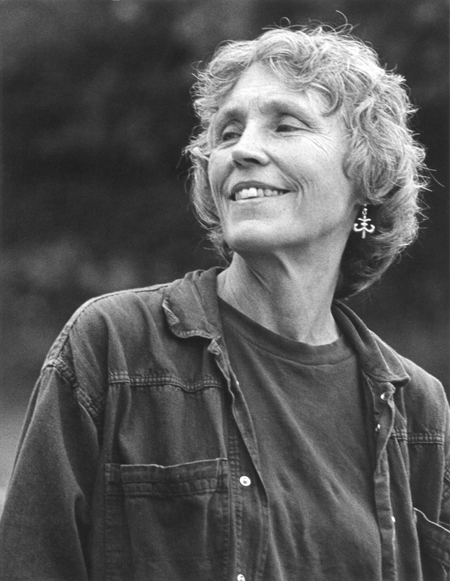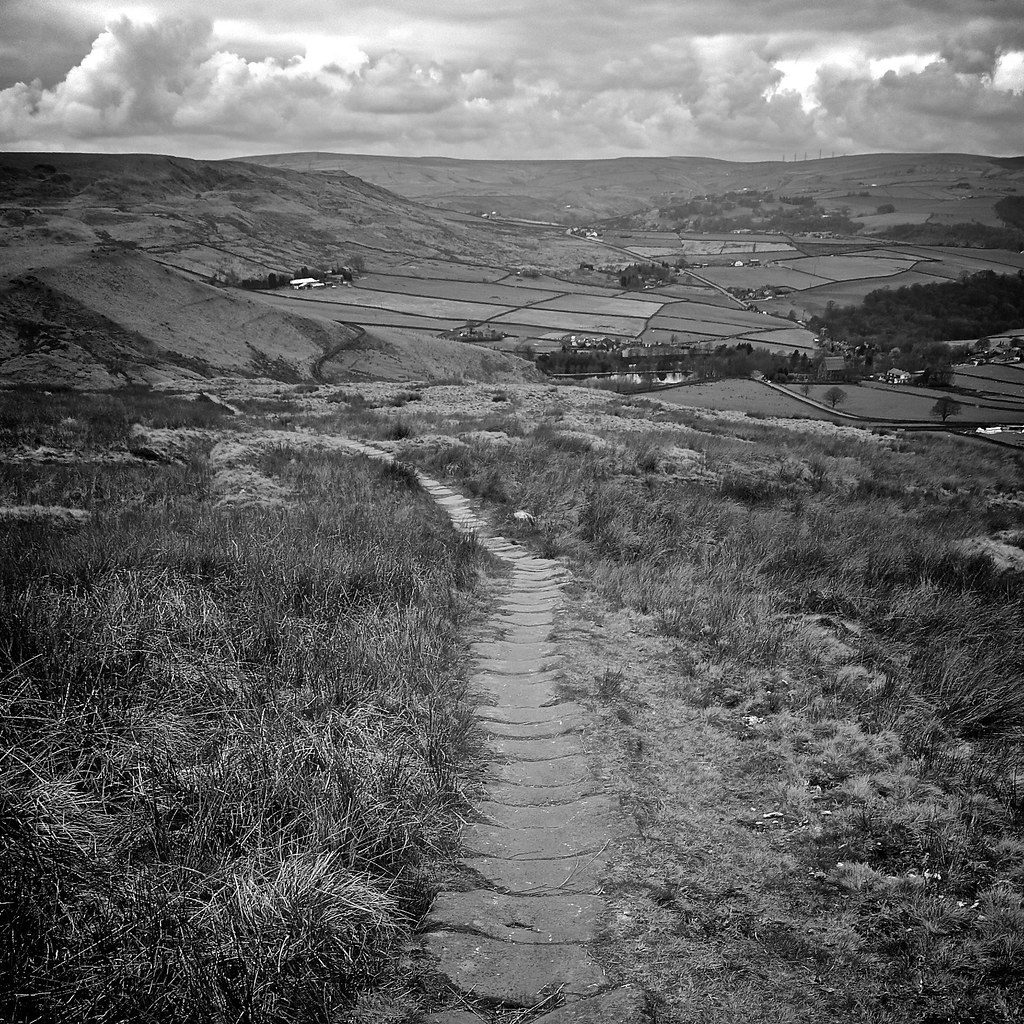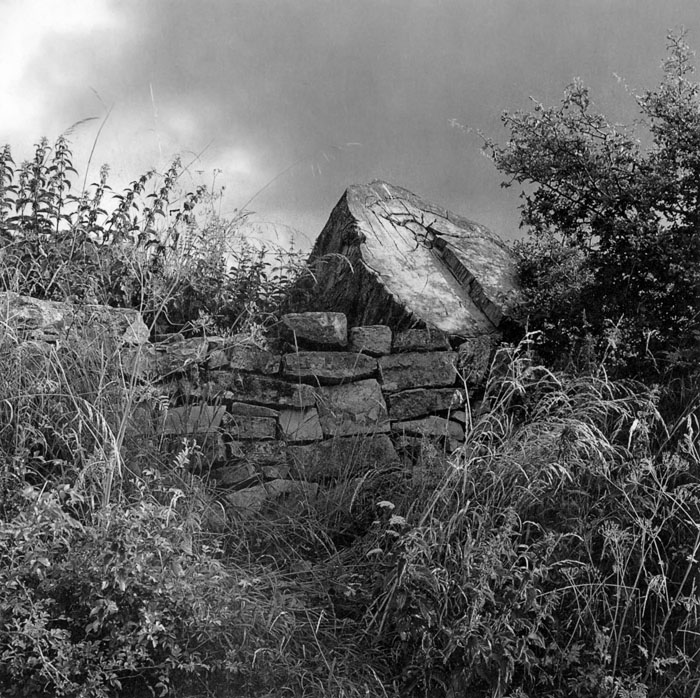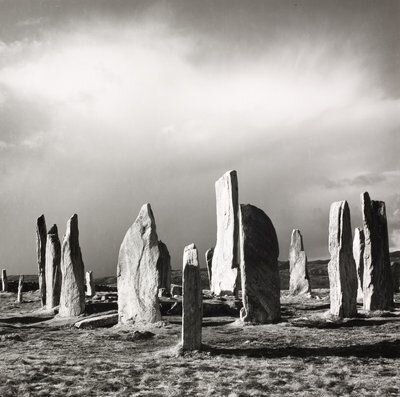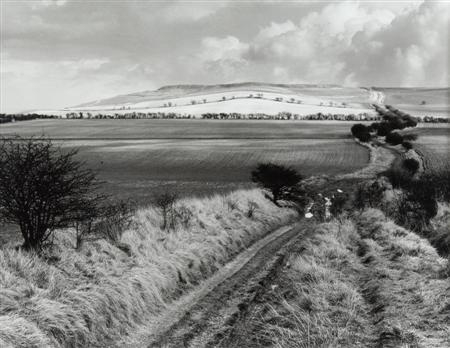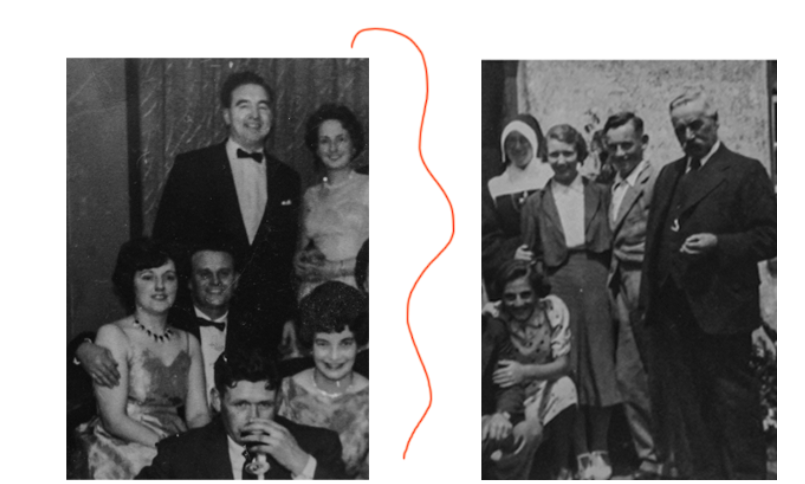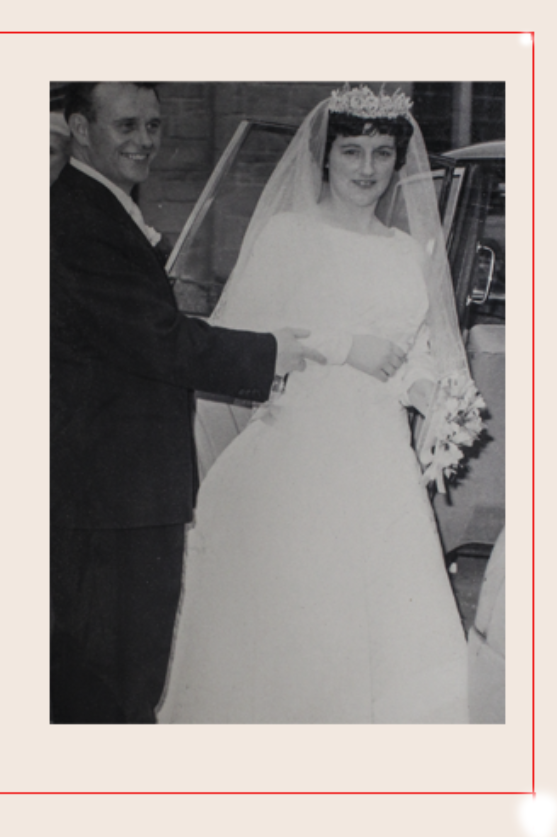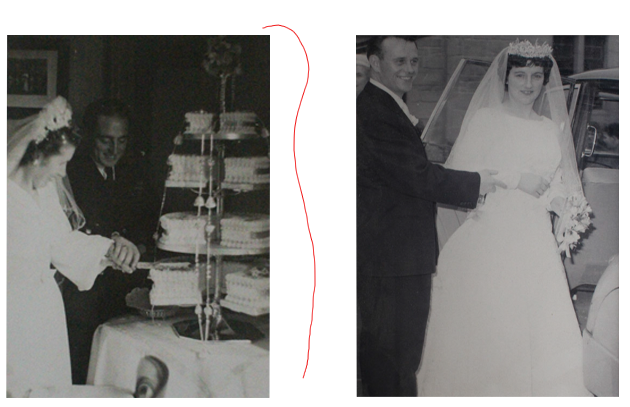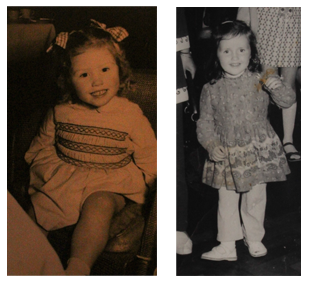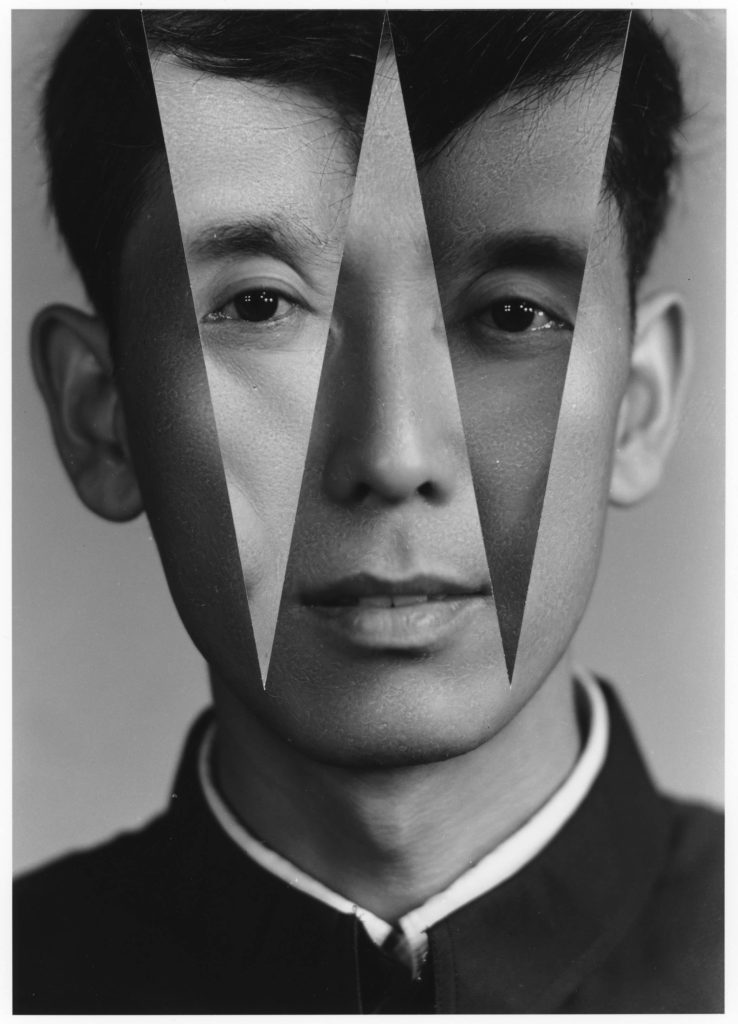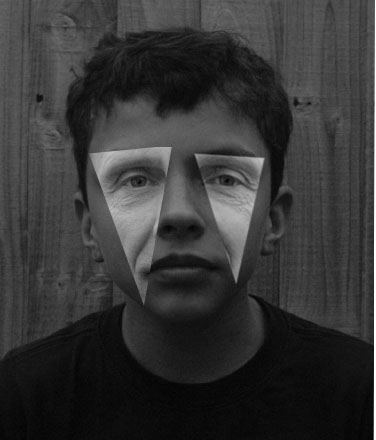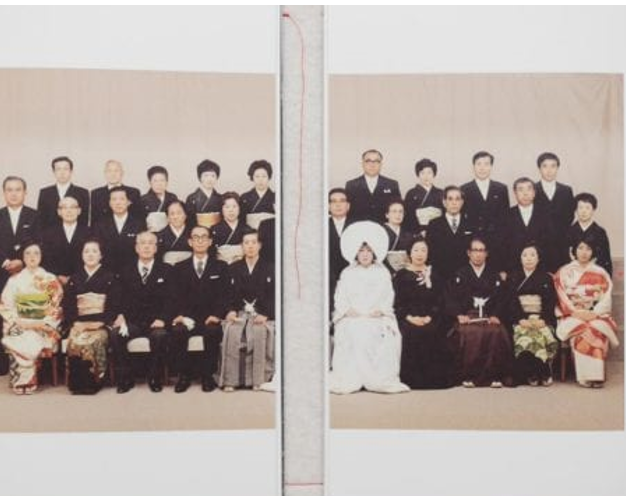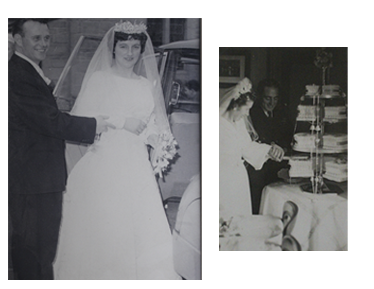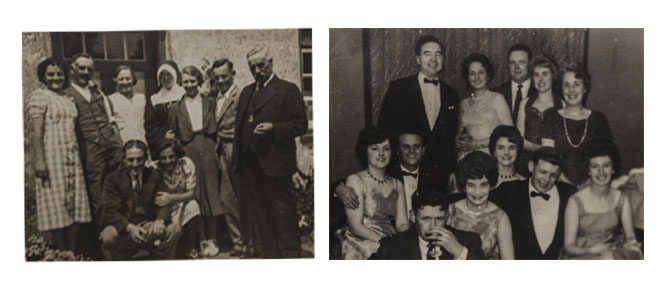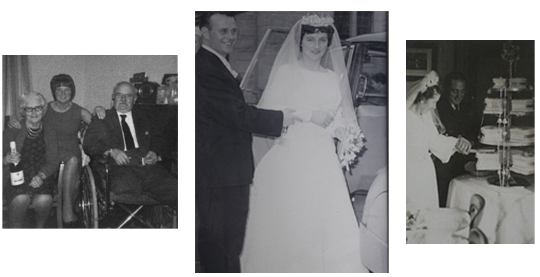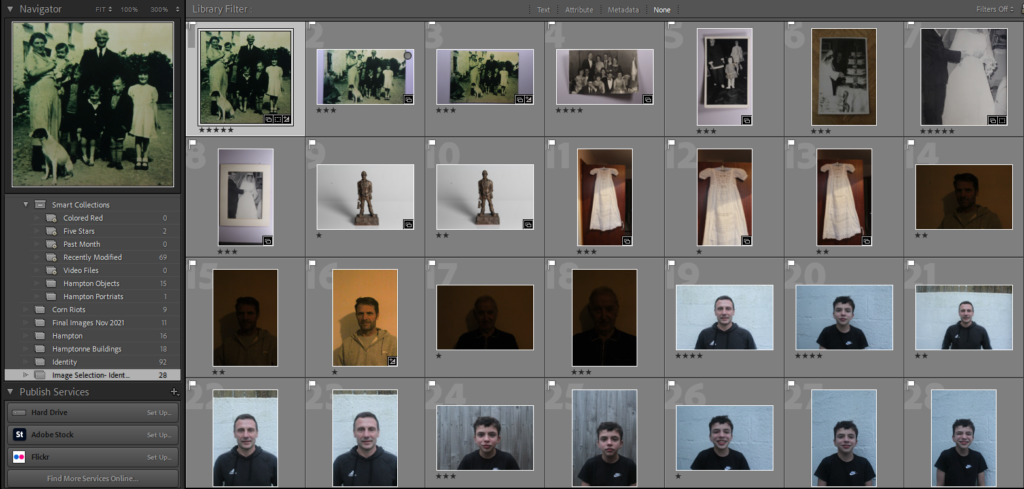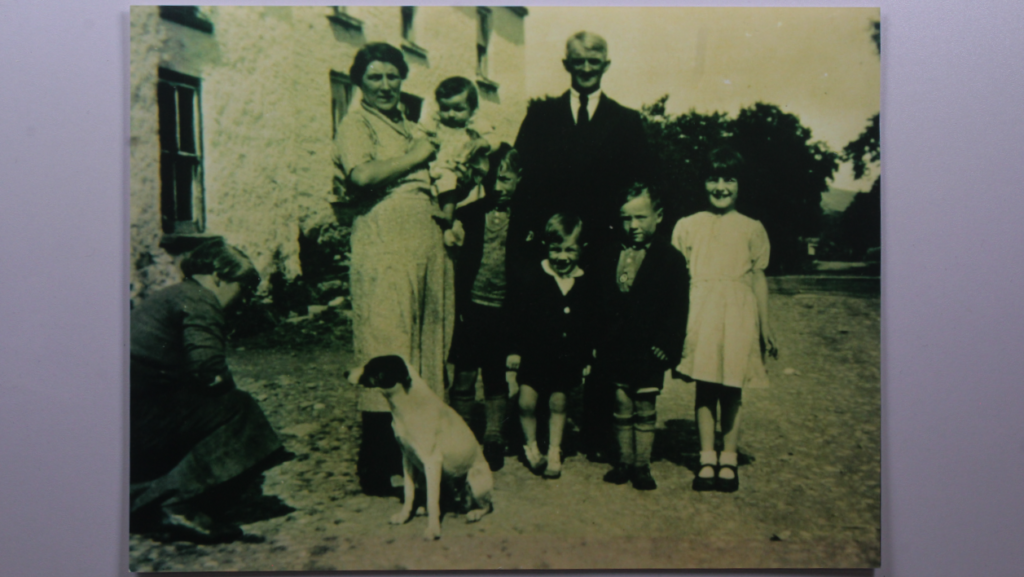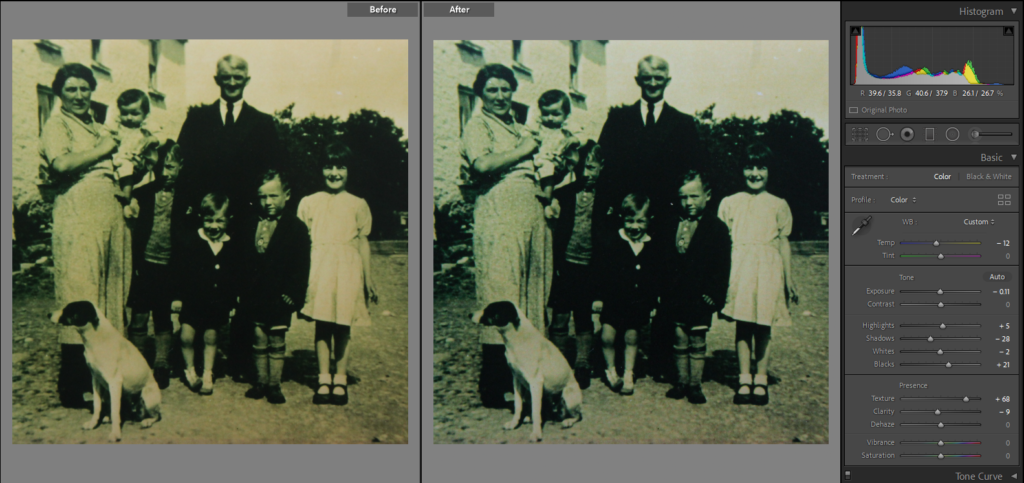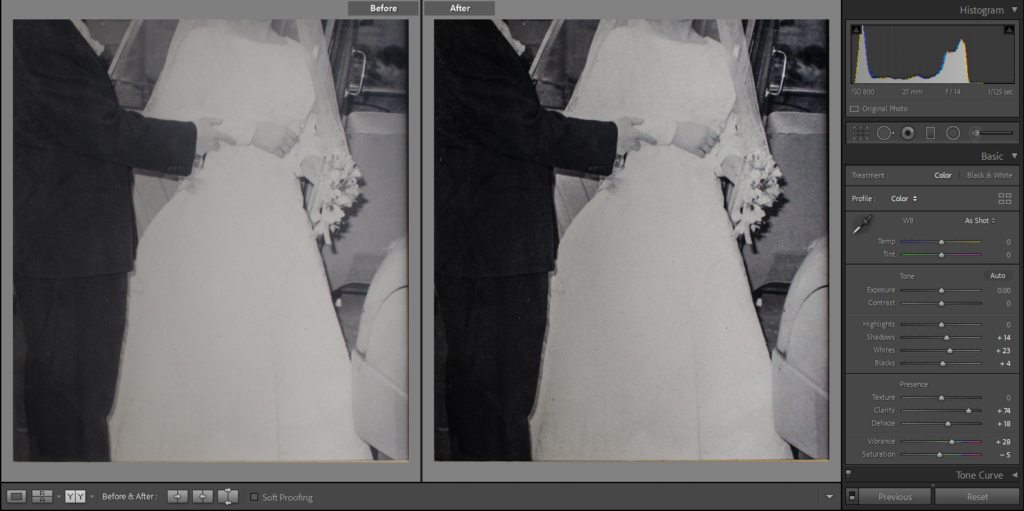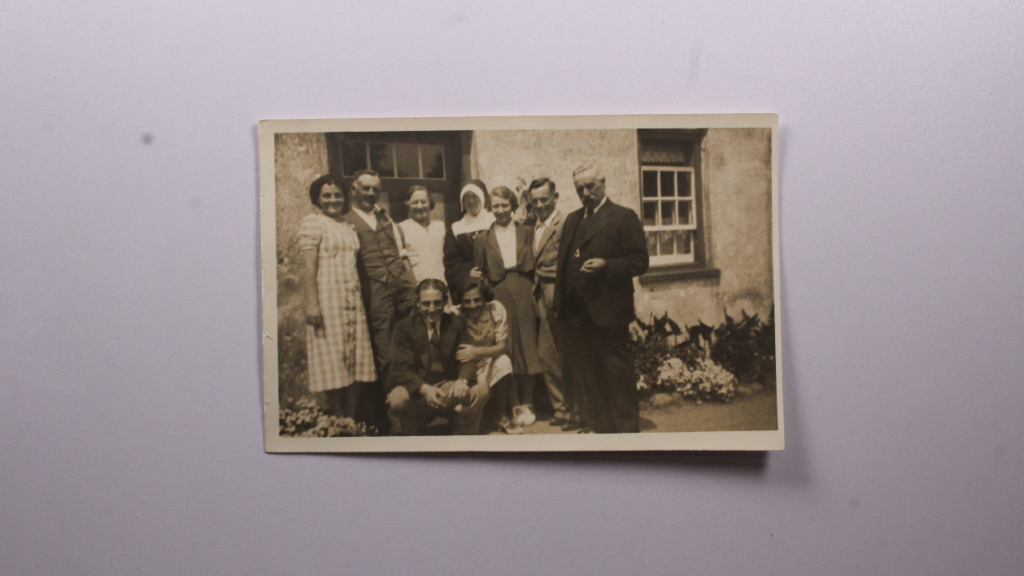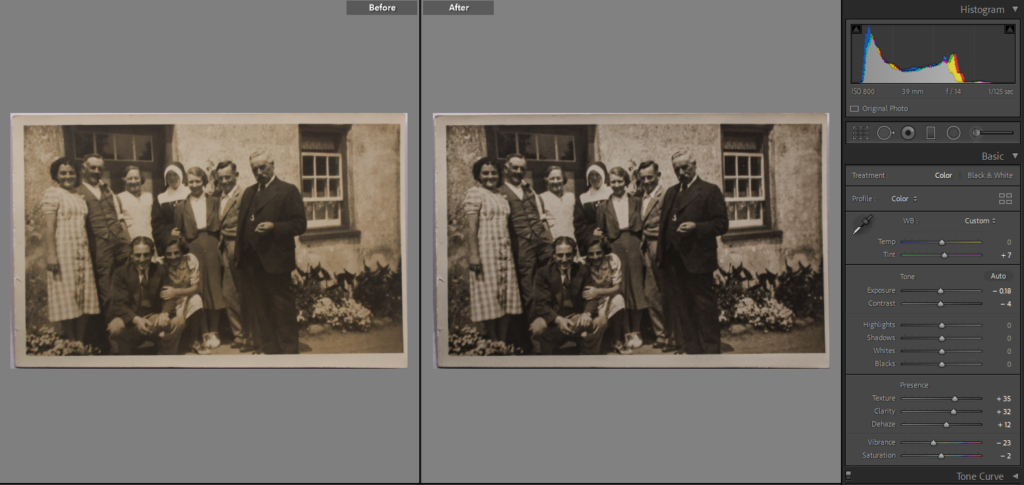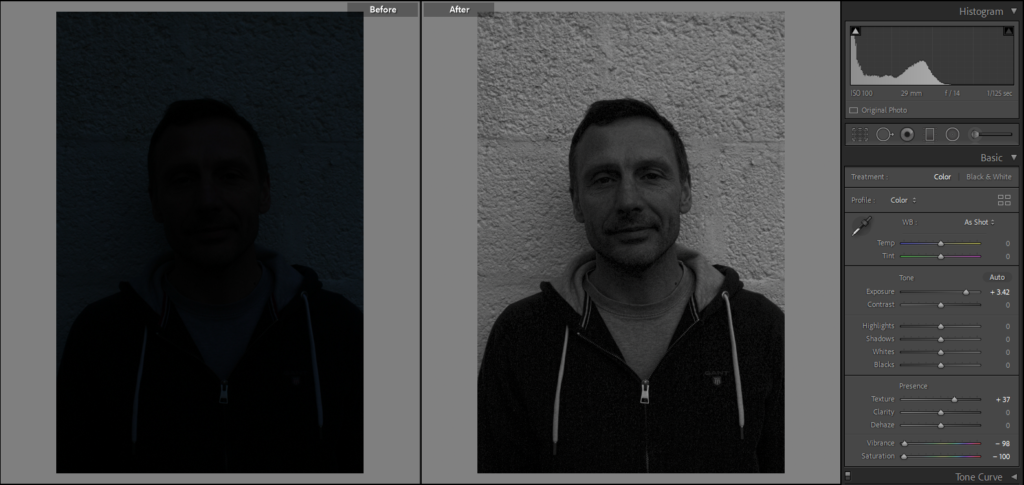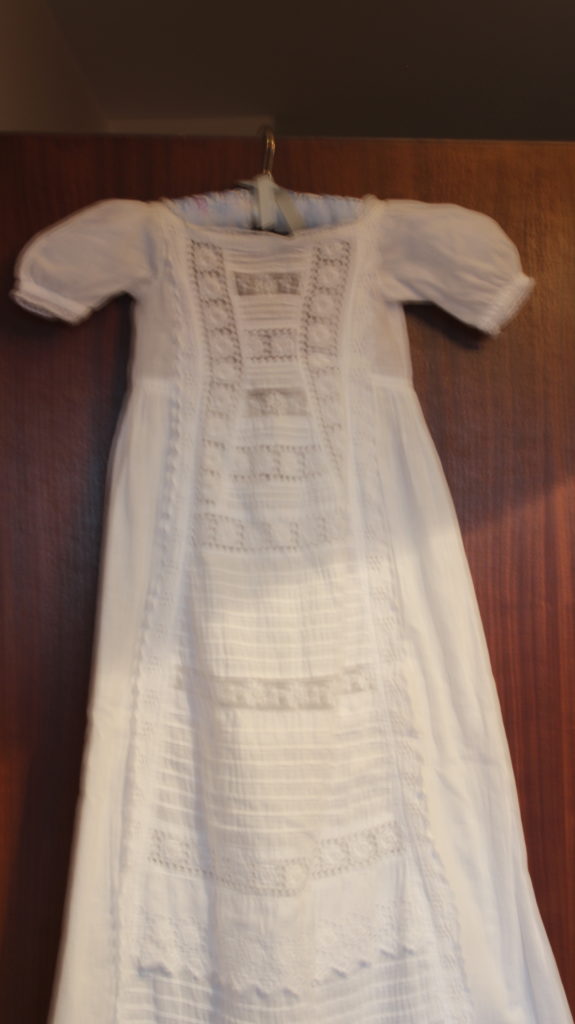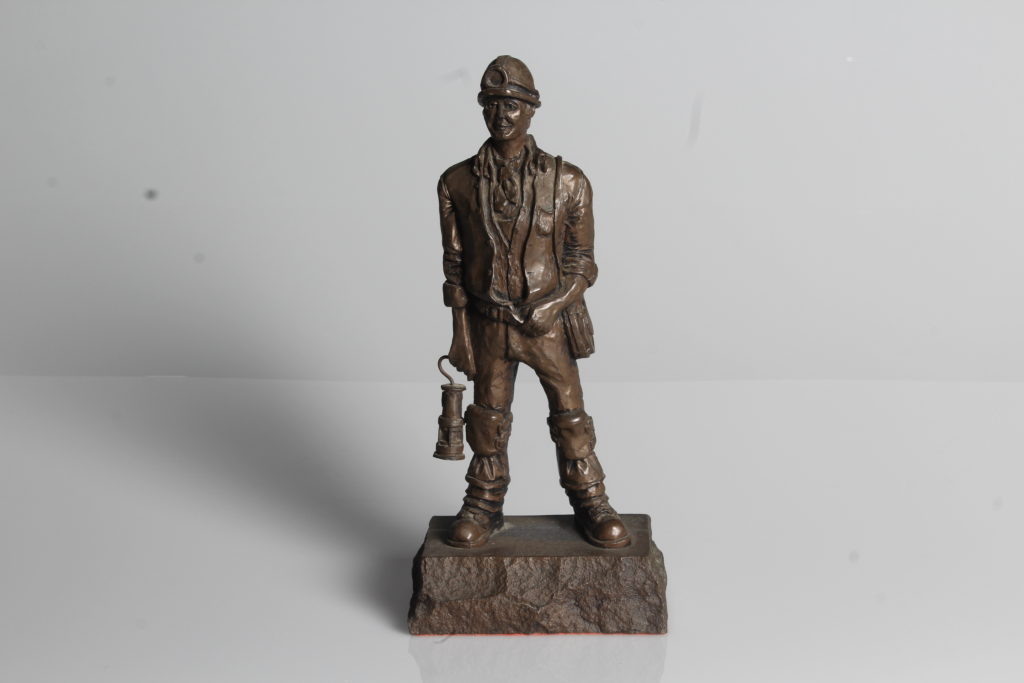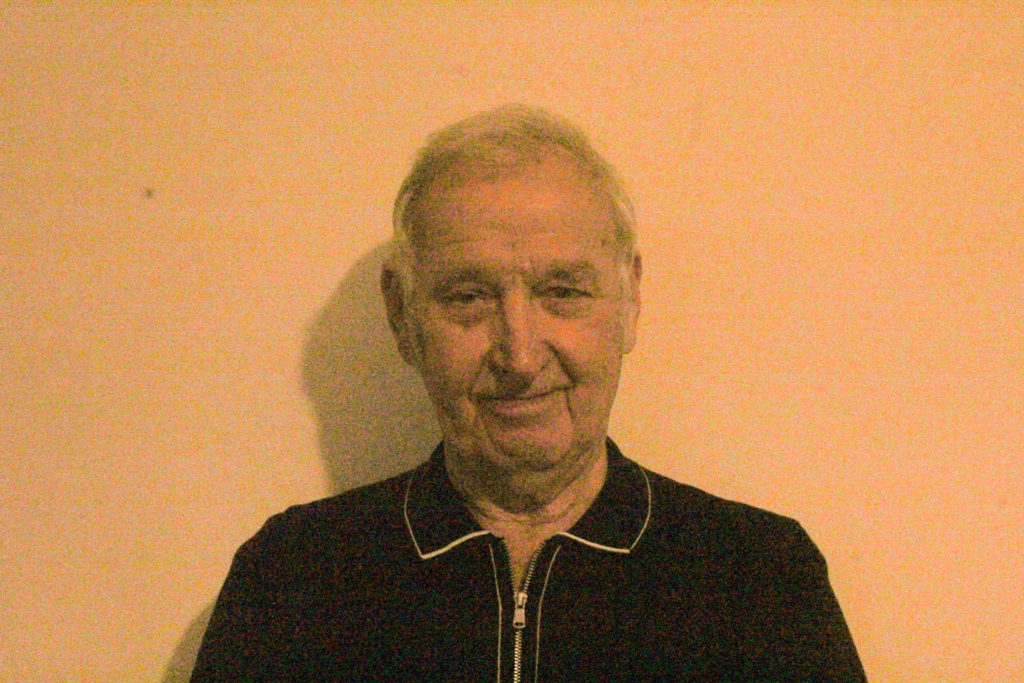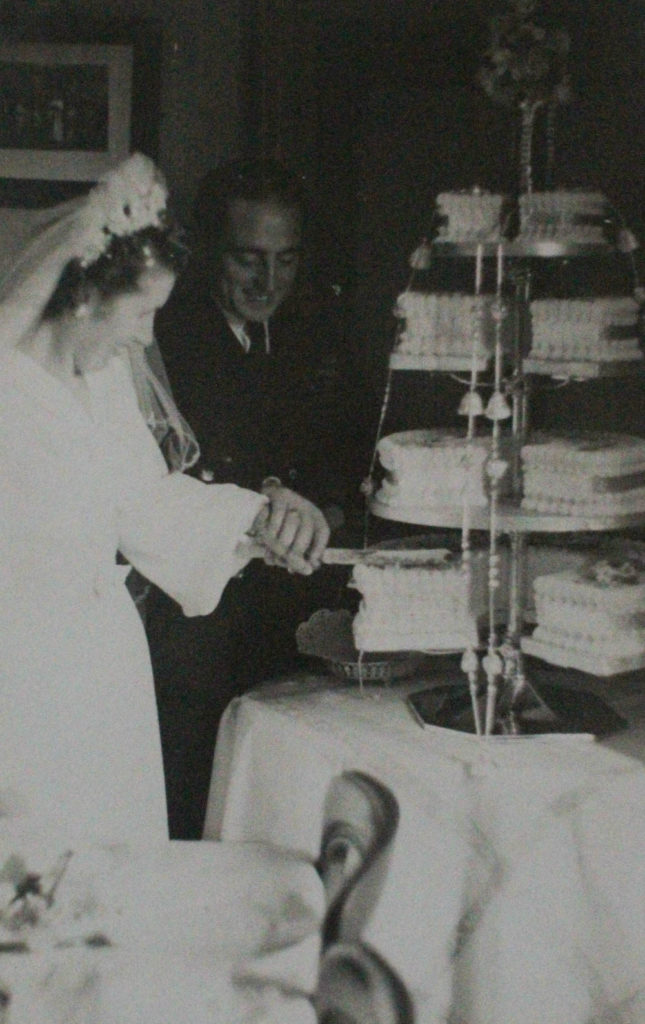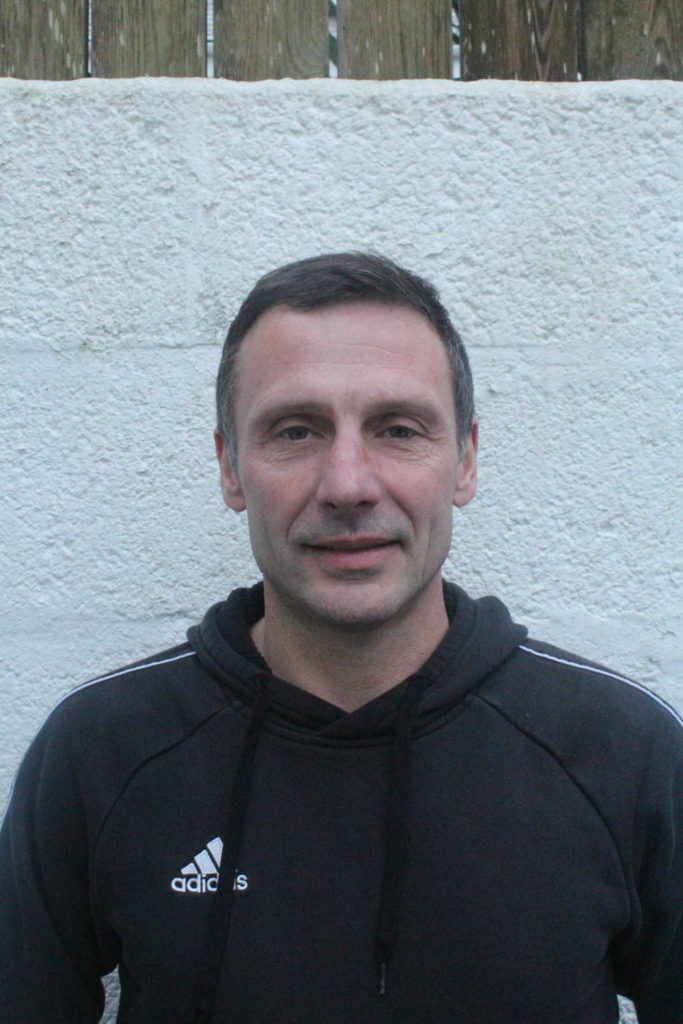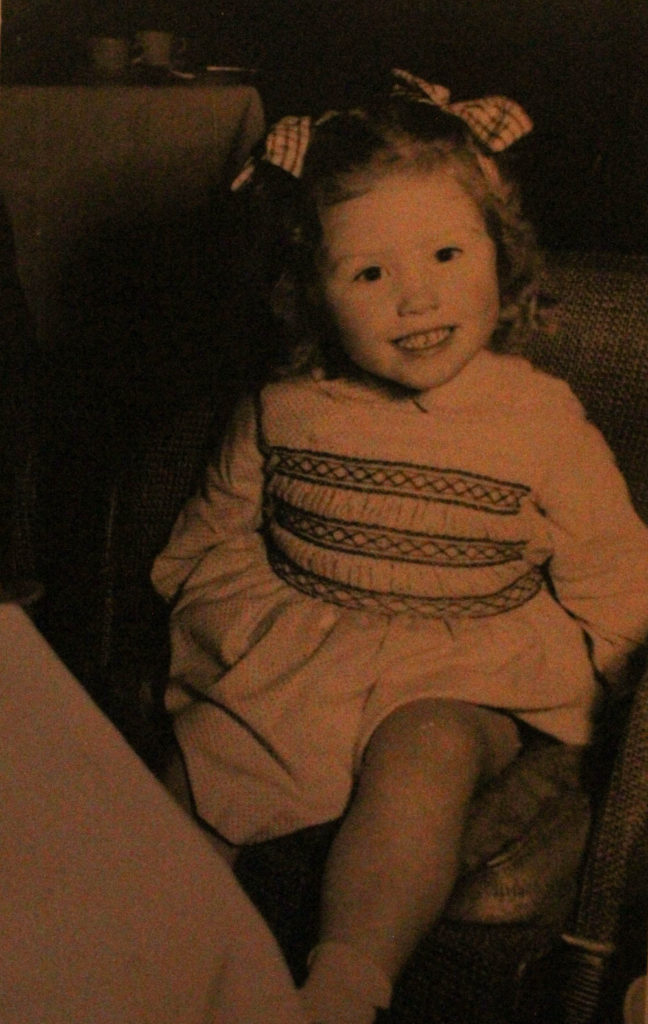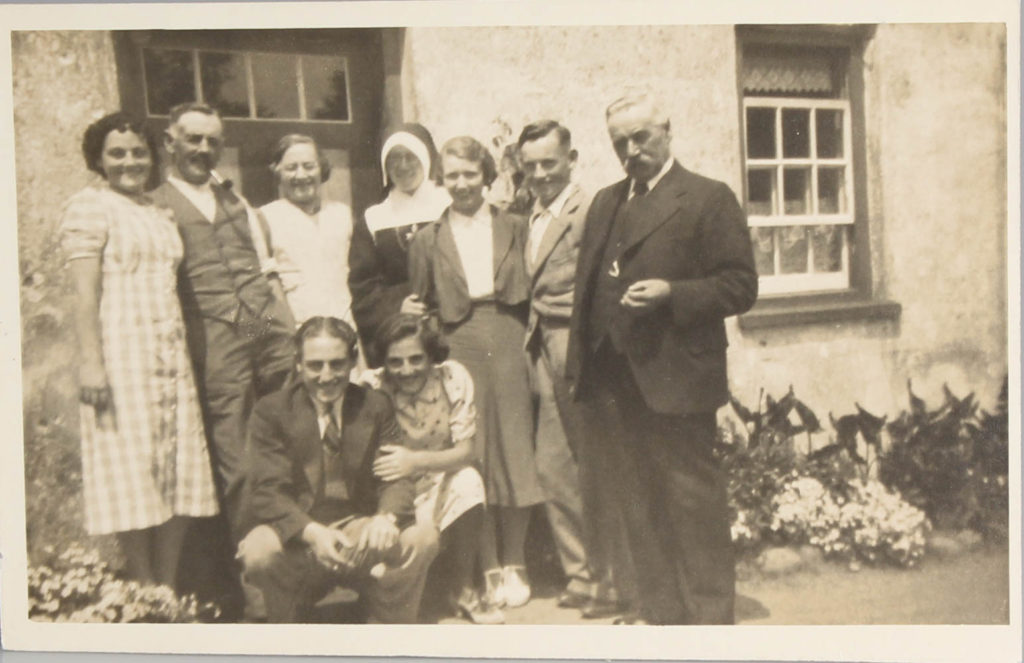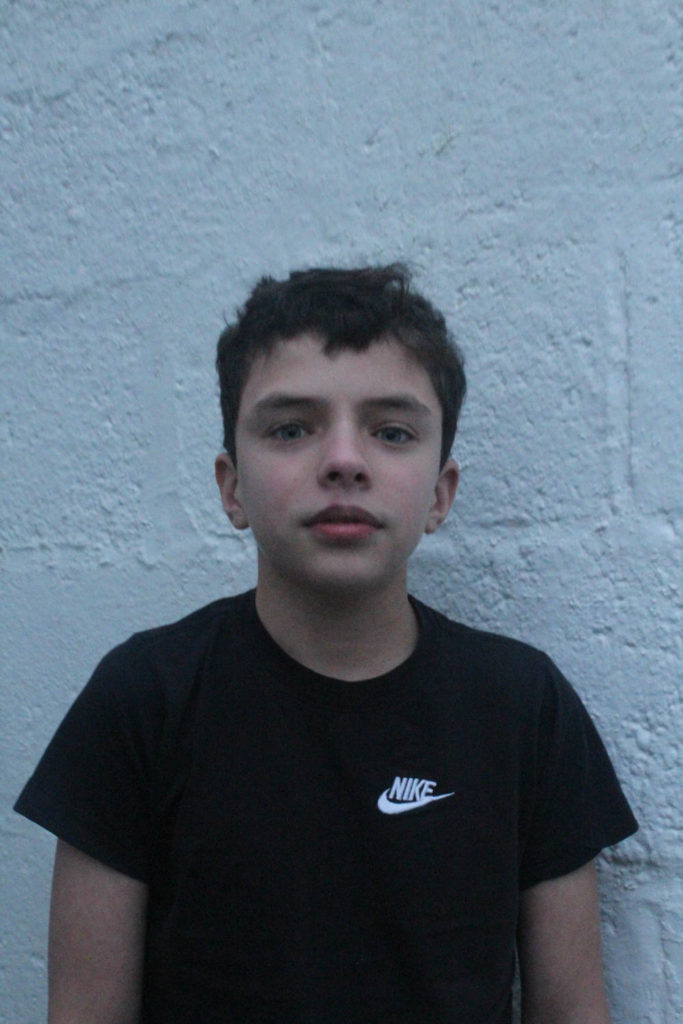My work’s link to romanticism
In this blog post I have included an artist reference with includes an analysis of my work vs Fay Godwins. I think that my research on Ansel Adams’ work helped me understand romanticism more before going out and taking my own images, meaning I could identify the best weather conditions so that romanticisable features such as clouds were more present.
Furthermore, shooting in black and white of editing my images in monochromatic meant that my final pieces have more of a dramatic feel and this helps demonstrate the nicer features of Jersey natural environments. I also think that the image that I have included in my artist reference is a good example of a romanticised image as it has some of the same features but is different from Godwin’s work. I took inspiration for her work and used this to take some of my own images down at the beach, making this artist reference easier to create.
Artist Reference- Fay Godwin
| My Work | Similarities | Fay Godwin’s |
| Beach | Landscapes | Hills |
| Rocks | Focal point | Grass |
| Cool toned | Clear Sky | Warm toned |
| People | Symmetrical | No animals |
| Zone system | Horizon line | Lighter image |
| Long structure | Rule of thirds | Limited tones |
| Straight horizon line | Clouds | Curved horizon line |
| Rocks | Clear foreground | Textured |

Image analysis- Fay Godwin
Similarities- I think its important to note that the main focal point of both of these images look very similar, and the centre of both pieces are a path or can have been created by humans. The horizon lines are also located further to the top of both images, meaning that the rule of thirds isn’t really followed in either photograph. Furthermore, I like that both of these images are symmetrical, with the landscape being just surroundings to the paths and this makes both more aesthetic and therefore catching you eye.
Differences- Despite our final pieces of work being quite similar there are multiple differences including the landscape locations themselves as might was taken down at the beach and Godwin’s looks like it was taken amongst some grassy hills, mine also includes a manmade structure as is more a visual representation of our modern world. Overall my piece is more cool toned and demonstrates more range of the zone system, whereas Godwin’s is a warmer tone with less components in the original photograph. I would say Godwin’s piece has more texture then my final image as the clarity of the glass in the foreground means that the natural features come through much more in comparison to the rocks in my image.
Link to romanticism- Despite Godwin’s piece being created during the romanticism era, I think that my piece along with her work together to demonstrate how the world and changed and is now more manmade, as my piece has a built structure and Godwin’s piece is only filled with natural features such as green land and hills. The work of Ansel Adams and the zone system is more obvious in my image as there is a wider range of contrast with the cooler tones of the image, as Godwin’s is more warm toner. Both of our images do romanticise the different landscapes and this is done well with the help of editing and Lightroom and my piece. I like that the monochromatic editing makes the images more dramatic and shows more of the natural beauty of the environment.


